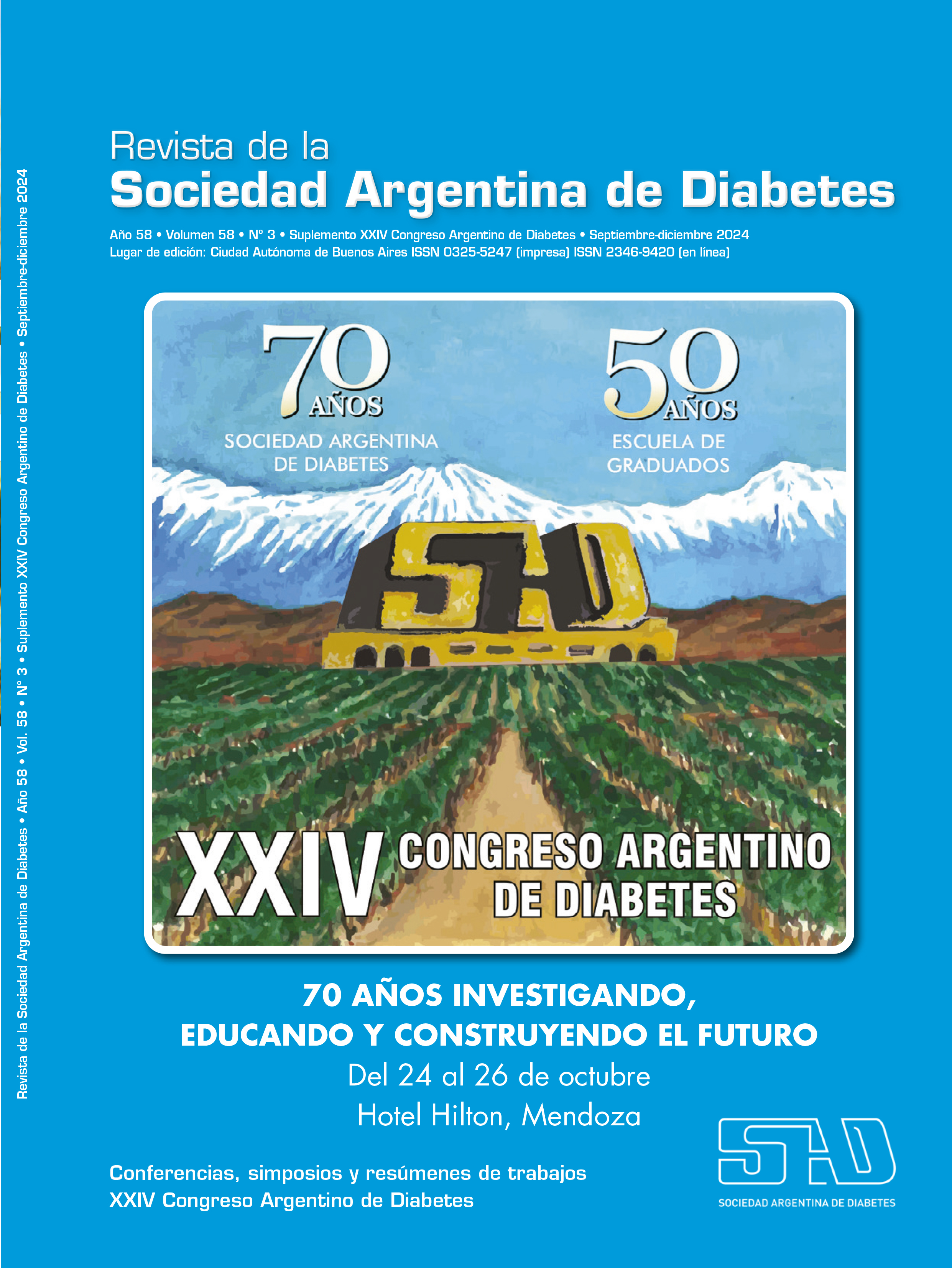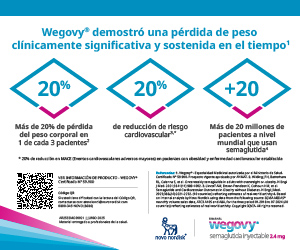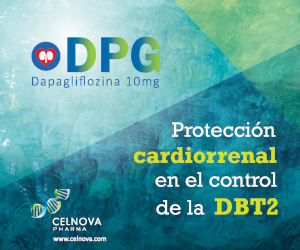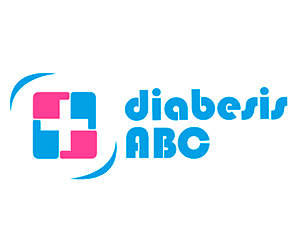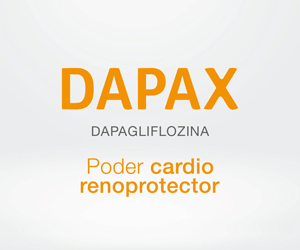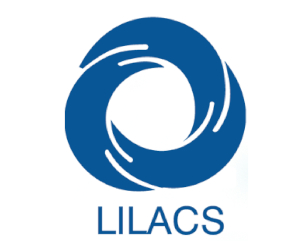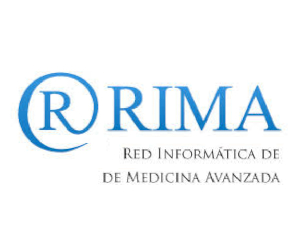Sarcopenia and its impact on insulin resistance
Keywords:
sarcopenia, diabetesAbstract
Type 2 diabetes mellitus (T2DM) is characterized by β-cell failure and resistance to the actions of insulin at the tissue level (insulin resistance, IR). Skeletal muscle is responsible for most of the postprandial glucose disposal, and IR in this tissue produces substantial metabolic alterations.
Aging and physical inactivity cause a progressive loss of muscle mass and strength, known as sarcopenia. Loss of muscle mass induces a 2% to 3% decrease in the basal metabolic rate per decade after age 20 and 4% per decade after age 50, which appears to be associated with the loss of mitochondrial function and thus its oxidative capacity. Regular exercise is an effective way to prevent and treat chronic metabolic disorders such as T2DM and metabolic syndrome. Myokines, proteins released from skeletal muscle, may mediate the beneficial effects of regular physical activity.
Adipokines, bioactive molecules derived from adipose tissue, are involved in the regulation of appetite and satiety, inflammation, energy expenditure, insulin resistance and secretion, glucose and lipid metabolism. These organokines may lead to the development of cardiometabolic diseases. I will summarize the role of sarcopenia, and its probable relationship with IR, inflammation and atherosclerosis.
References
I. Cesari M, Pahor M, Lauretani F, Zamboni V, Bandinelli S, Bernabei R, Guralnik JM, Ferrucci L. Skeletal muscle and mortality results from the InCHIANTI Study. Journals of Gerontology 2009;64:377-38.
II. Cleasby ME, Jarmin S, Eilers W, Elashry M, Andersen DK, Dickson G, Foster K. Local overexpression of the myostatin propeptide increases glucose transporter expression and enhances skeletal muscle glucose disposal. American Journal of Physiology. Endocrinology and Metabolism2014;306:e814-e823.
Downloads
Published
Issue
Section
License
Copyright (c) 2024 on behalf of the authors. Reproduction rights: Argentine Society of Diabetes

This work is licensed under a Creative Commons Attribution-NonCommercial-NoDerivatives 4.0 International License.
Dirección Nacional de Derecho de Autor, Exp. N° 5.333.129. Instituto Nacional de la Propiedad Industrial, Marca «Revista de la Sociedad Argentina de Diabetes - Asociación Civil» N° de concesión 2.605.405 y N° de disposición 1.404/13.
La Revista de la SAD está licenciada bajo Licencia Creative Commons Atribución – No Comercial – Sin Obra Derivada 4.0 Internacional.
Por otra parte, la Revista SAD permite que los autores mantengan los derechos de autor sin restricciones.



